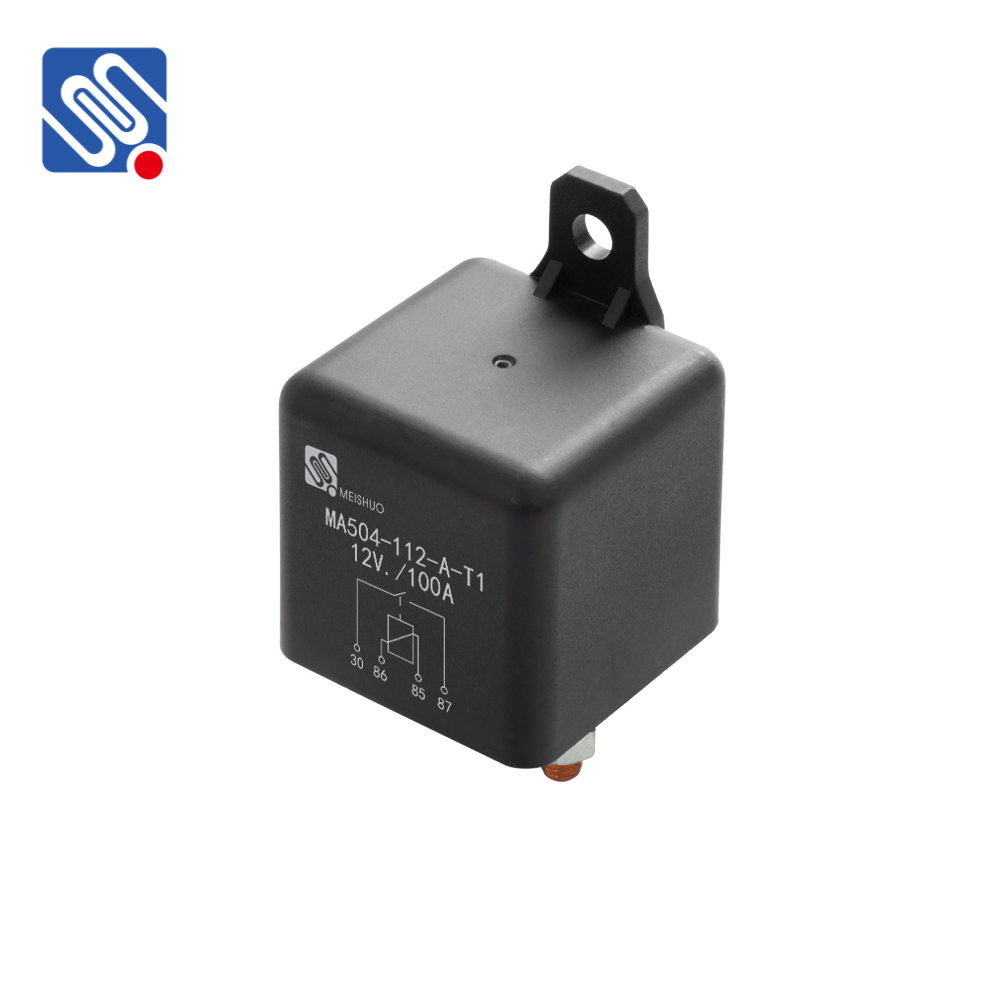In modern electrical systems, relays are fundamental components used to control the flow of electricity. They function as switches that respond to various input signals and are crucial for the proper operation of electrical circuits, machinery, and other systems. One of the key terms associated with relays is “relay load.” Understanding relay load is essential for ensuring the efficient operation of relays and preventing potential damage to electrical circuits.

What is a Relay Load? A relay load refers to the electrical power or current that is being switched on or off by the relay. In simple terms, it is the device or circuit that the relay controls. The relay itself is designed to handle specific types of loads, and these can include resistive loads, inductive loads, or capacitive loads. Each of these types of loads has different characteristics that can affect the relay’s performance. Resistive Load: This type of load includes devices such as light bulbs or heating elements, where the current flow is directly proportional to the applied voltage. A relay controlling a resistive load experiences relatively straightforward operations without much complication in terms of voltage or current spikes.